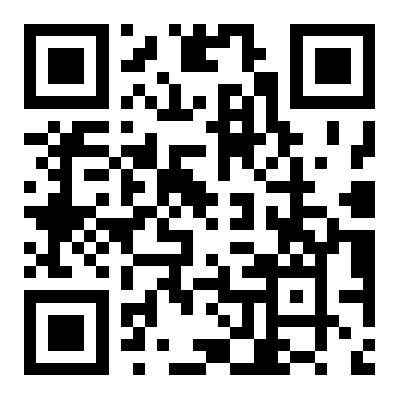Liver cancer medical and engineering cross-disciplinary research: Fusion of positive and negative CT contrast agent nanoformulations for sensitive detection of liver cancer
Liver cancer medical-engineering crossover - fused positive and negative CT contrast agent nanoagents for sensitive detection of liver cancer
Positive computed tomography (CT) contrast agent nanoagents have important applications in diagnosing tumors. However, sensitive differentiation between liver cancer and normal liver tissue remains challenging. This challenge arises mainly because both normal liver and liver cancer tissues capture the nanoagents, resulting in similar positive CT contrast agents. Here, a strategy to fuse positive and negative CT contrast agent nanoagents is proposed to detect liver tumors. The nanoagent Hf-MOF@AB@PVP initially produces a positive CT contrast agent signal of 120.3 hu in the liver. Subsequently, it can generate H2 specifically in response to the acidic microenvironment of liver cancer, further achieving a negative contrast of -96.0 hu. More importantly, the relative position between the negative signal area and the positive signal area helps to determine the location of liver cancer and normal liver tissue. The obvious contrast difference of 216.3 Hu and the relative direction between normal liver and tumor tissue are meaningful for sensitively distinguishing liver cancer from normal liver tissue using CT imaging.
Innovations: 1. For the first time, an innovative detection strategy that integrates positive and negative CT contrast agent nanoformulations was proposed; 2. An intelligent nanocontrast agent that can generate H2 in response to the acidic microenvironment of liver cancer was developed; 3. A significant contrast difference of 216.3 Hu was achieved, greatly improving the sensitivity of liver cancer detection; 4. The relative position of positive and negative signal areas was innovatively used to determine liver cancer and normal tissue.
Research inspiration: 1. Demonstrated the important value of medical and engineering intersection in disease diagnosis; 2. Revealed the great potential of intelligent responsive materials in medical imaging; 3. Provided a new idea to solve the limitations of traditional contrast agents; 4. Proved the key role of microenvironment response in improving diagnostic specificity.
Extension of ideas: 1. Explore the application of similar dual-responsive contrast imaging strategies in the diagnosis of other tumors; 2. Study the influence mechanism of different microenvironmental factors on contrast effects; 3. Develop more intelligent responsive nanocontrast agents; 4. Explore the synergistic application of nanomaterials in multimodal imaging; 5. In-depth analysis of the biosafety and metabolic pathways of nanocontrast agents; 6. Design intelligent contrast agents targeting other tumor-specific microenvironments; 7. Study the synergistic delivery system of contrast agents and therapeutic drugs.
+86-18915413828(WhatsApp&WeChat)
Previous: 《Nature》Biomimetic pro
Next: Periodontitis doctor-w


